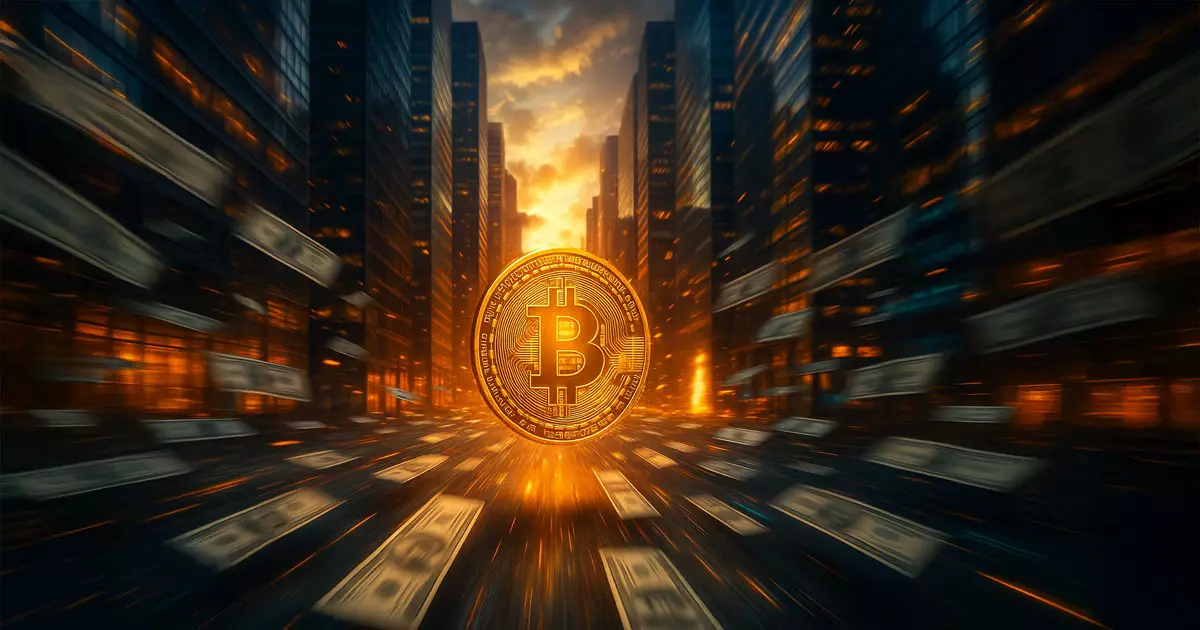The Bitcoin market is currently experiencing a noteworthy and troubling decline in inflows to Binance, with a stark figure of just 5,700 BTC reported recently. This is a significant drop from the consistent average of 12,000 BTC observed since 2020, and even more drastic when compared to the frantic activity during the FTX crisis, where inflows peaked at 24,000 BTC. What does this indicate about the current sentiment of Bitcoin holders and the future direction of this digital asset?
The decline in deposits suggests a strong reluctance among both retail and institutional investors to convert their holdings into market liquidity. In the world of cryptocurrency, this lack of activity can correlate directly with the market’s psyche. Previous cycles show that every significant deposit spike on Binance has corresponded with a price peak. For instance, during Bitcoin’s correction to $69,000 last August and its ascent beyond $100,000 earlier this year, inflows were robust. The apparent trend is not just a number; it reflects a broader pattern of accumulation and a holding phase where investors are choosing to keep their assets off exchanges, potentially awaiting more favorable market conditions.
A Market at a Crossroads
What makes the current situation alarming is not just the plummeting inflow figures, but the backdrop against which these figures are playing out. Bitcoin is currently stabilized above $105,000, without significant fluctuations. In such a seemingly calm environment, one would normally expect a healthy inflow of Bitcoin as traders prepare for potential price corrections or rallies. Yet, the opposite is true. The ongoing low volatility might suggest a sense of false security among investors, lulling them into a comfort zone that could ultimately lead to stagnation.
Darkfost, the CryptoQuant analyst, suggests that this contraction in influxes indicates a “holding phase.” This phrase hints at a collective sentiment among holders that they might be waiting for more substantial price movements before deciding to offload their assets. However, this could also be interpreted as a lack of confidence in the market. If macroeconomic factors shift suddenly – as they often do – the stillness could be shattered, resulting in a sudden influx of selling pressure that could destabilize the price.
Inflationary Implications for the Future
Additionally, Binance’s position as the leading centralized exchange for Bitcoin trading — handling 37% of the global centralized trading volume — means that its inflow trends are telling us more than just about the exchange’s health; they are indicative of broader market intentions. A reduced inflow can signal an approaching liquidity squeeze, igniting fears of sudden price downturns. When the demand remains constant, but supply on order books thins, the potential for sharp upward movements shrinks, pointing to a possible long-term stagnation.
Given that this latest inflow figure is the lowest in over four years, we should consider the implications seriously. As Bitcoin finds itself at a potential stagnation point, vigilance is key. Monitoring for any signs of increased inflows might serve as the essential warning for renewed distribution and market volatility. The crypto community must prepare for whatever ripples such shifts in market dynamics might create.

